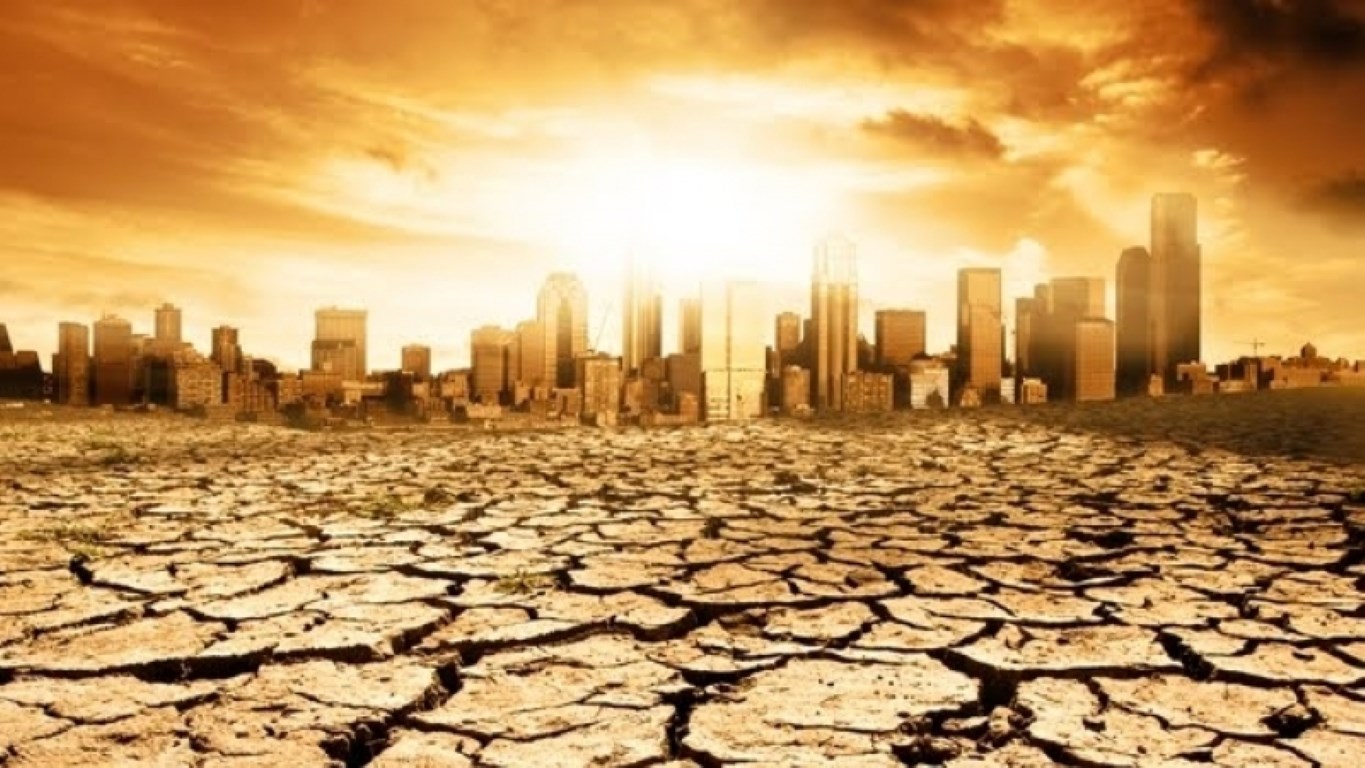The world’s urban water crisis
February 13, 2018 | Expert Insights

As South Africa’s Cape Town barrels towards “Day Zero” of its water crises, the media has begun to focus on other large cities that might soon be in a similar position. The broad characteristics of these cities are high population density, poor water governance policies, and polluted or depleted local sources of water.
Reports have suggested that the city of Bangalore will also be dealing with a water crisis in the coming years. How can this urban water crisis be addressed?
Background
The world today faces a crisis of water availability.
According to the World Resources Institute, more than a billion people in the world live in water scarce regions, and approximately 3.5 billion could be living with water scarcity by 2025. The World Health Organisation, estimates that 850 million people don’t have access to safe drinking water. As freshwater reserves are drained, sea levels continue to rise at an estimated 3.2 millimetres a year.
According to the World Bank, in 2014, the world on average withdrew a total of 9.2% of its internal freshwater resources: almost 4,000 billion cubic metres. To put this in context, the total global renewable freshwater resources in 2014 were approximately 43,000 billion cubic metres. Some experts speculate that by 2030, the global demand for fresh water will the exceed supply by 40%. This demand is primarily for agriculture and food production.
Early this year, it was announced that the city of Cape Town in South Africa will become the first city in the world to run out of fresh water. As per current estimates, the city will reach “Day Zero” by May 11th. The 6 reservoirs surrounding the city are at 26% capacity, and residents have been asked to limit the use to 50 litres a day. While this came as a shock to some, the city recognised the possibility of such a situation almost 20 years ago. In the past two decades it made several changes to reduce consumption and improve water efficiency in the city, even winning awards for water management. However, a three-year drought took the city by surprise.
Analysis
Cape Town is not an anomaly. On the 11th of February, the BBC released a list of some of the cities in the world most likely to be susceptible to a similar crisis. These cities spanned across multiple continents and had two central characteristics: high population densities, and depleting local sources of safe and clean water.
However, while the broad circumstances remain the same, local specificities differ.
In coastal cities such as Miami, rising seawater levels in the Arctic Ocean have resulted in the saltwater contamination of underground reservoirs, despite reinforced barriers. Neighbouring cities such as Hallandale Beach face similar problems. Meanwhile, Jakarta’s reliance on illegal borewells due to insufficient systems of government supply, has exacerbated the rise of seawater.
Cities in low-and middle-income countries, where populations have exploded in the past decade due to development and migration, are also highly water-stressed. Mexico City imports 40% of its fresh water and Istanbul’s reservoirs are at 30% of their 2014 capacity. Both cities face frequent water cuts, particularly in dry months, as do many Indian cities. Sao Paolo, one of the most populated cities in the world, faced a crisis in 2015, when at one point the city had less than 3 weeks of supply left.
Another problem in emerging cities is infrastructure. Old and poorly maintained supply pipes lead to loss of water due to leakages: up to 80%, according to estimates by German consultancy GIZ.
However even high-income cities with reasonable amounts of precipitation such as Tokyo and London could potentially face shortages. The former sees rainfall only four months of the year and relies solely on surface water, while the latter is heavily dependent on local rivers. Authorities in London have expressed a belief that the city could face “serious shortages” by 2040.
Also, hugely detrimental to urban water supplies is pollution. 40% of surface water in Beijing is unsuitable for domestic use. In Moscow industrial pollution contaminates huge swaths of water. Cairo gets over 95% of its water from the Nile, a river which is increasingly being used as a dumping ground for different forms of waste.
Bangalore, a city in southern India suffers from a combination of these failings. Infrastructural shortcomings such as old pipes and colonial-era plumbing lead to the contamination of water. Additionally, 85% of surface water in Bangalore is too toxic for human use. On the 13th of February, Bangalore Development Minister K.J George dismissed the BBC report, claiming that the city has sufficient supplies to last until 2031. The minister added that the state is considering siphoning water from the Sharavathi River and has plans for sewage treatment and rainwater harvesting.
However, critics have said that this model is highly unsustainable. Groundwater reserves continue to be depleted with little replenishment. The city is also currently reliant on water from the Cauvery basin, and a drought would hit hard. Experts have suggested a diversification of sources. Others have stressed that the most important consideration is equitability: both within the city, and between the city and its resource hinterlands.
Assessment
Our assessment is that the growing uncertainty of the hydrological cycle caused by climate change, combined with poor governance and management of freshwater reserves, has resulted in a global urban water crisis. The situation in Cape Town is only the beginning. We believe that as resource crises continue to emerge, it will be imperative to come up with specific solutions tailored to local necessities. In cities such as Bangalore, authorities will have to address long term systemic failings in order to avoid disaster.








Comments